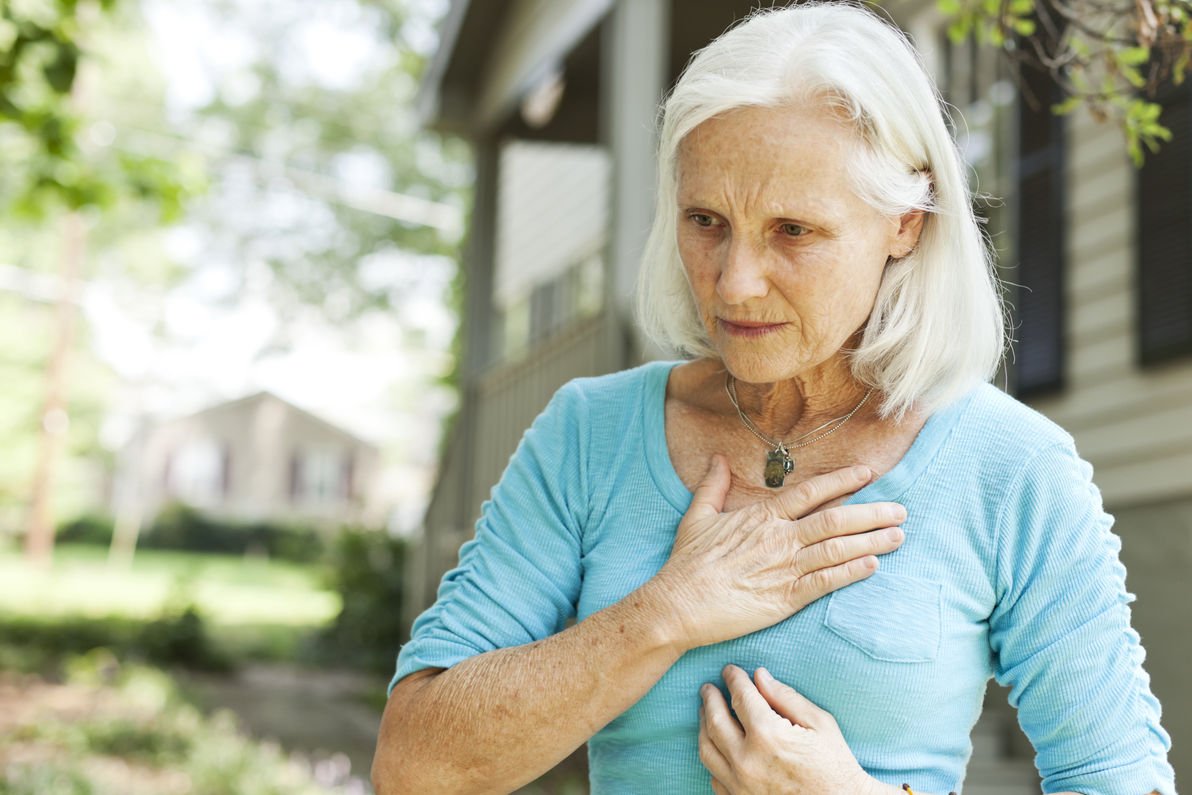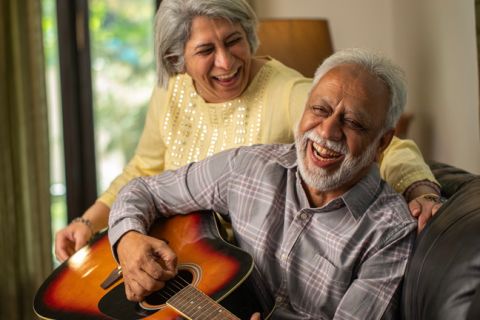Heart attacks affect the sexes differently
Women with heart attack symptoms are more likely to wait longer before calling 000 and have worse outcomes. Why?

Women generally have heart attacks at older ages than men, but they are more likely to die after a heart attack.
Even if they don’t die, women who have heart attacks generally have worse outcomes than men.
A study has found that one of the reasons for these startling statistics is that women are less comfortable calling 000 and more likely to hesitate when they have symptoms of a heart attack.
Calling emergency services is known to lead to better and more rapid diagnosis and treatment of heart attacks, reducing the time spent in hospital recovery.
Paramedics can diagnose heart attacks and initiate treatment to resolve the heart attack and manage the symptoms before arriving at hospital, which reduces the risk of fatal cardiac arrest.
A Monash University study compared more than 34,000 Australian women and men and their intention to call 000 and their actual use of emergency services when they suspected they were having a heart attack.
When asked about why they would hesitate to call 000 if experiencing symptoms they believed to be a heart attack, over a third of women were fearful of being a burden to the ambulance service. Only a quarter of men gave this reason.
More women also wanted to be sure it was a heart attack before calling and preferred to contact their own GP. Women were also more likely to hesitate to call 000 because they believed they were at low risk of a heart attack.
Other reasons women, and men, hesitated in calling emergency included:
- English not being a primary language
- Having cardiovascular risk factors
- Poor symptom knowledge
- Either no or unclear health insurance status regarding emergency call-outs.
The researchers said it is very concerning that 30% of people having a heart attack, wouldn’t consider calling 000.
Globally, there are sex-based disparities in heart attack presentations to emergency services and hospitals. Women experience higher incidents of in-hospital complications following a heart attack – and that’s probably due to delaying seeking medical treatment.
“One of the reasons for this delay is that women’s symptoms are often more subtle than in men and can lead to the woman and even healthcare professionals misinterpreting them as non-cardiac,” Associate Professor Kathryn Eastwood said.
She said her advice to patients who said they were not sure whether they should have called 000 was, “Call first and decide later.”
The researchers said the study showed more education was needed to improve people’s comfort calling the emergency services early when they had cardiac symptoms and that an opportunity existed to target this education to subgroups within each sex to reduce delays in seeking medical treatment.
The most common heart attack symptom in both males and females is chest pain, often described as heavy or crushing.
Other symptoms of a heart attack:
Pain, tightness, or discomfort in your arms, shoulder, neck, back, and jaw.
A burning sensation in your chest (like heartburn or indigestion).
Shortness of breath.
Nausea or vomiting.
Dizziness.
Tiredness or fatigue.
Females are more likely than males to not have chest pain but have other symptoms.
Well-known risk factors for heart disease are:
High blood pressure.
High cholesterol.
Diabetes.
Being overweight or obese.
Having an unhealthy diet.
Not getting enough physical activity.
Smoking.
Females can also have other risk factors:
Premature menopause (before the age of 40).
Some cancer treatments, such as those for breast cancer.
Depression, which can increase the risk of coronary heart disease.
Also, some pregnancy complications can increase your risk of heart disease later in life. These include pre-eclampsia, high blood pressure during pregnancy, gestational diabetes, having a baby born prematurely, and having an autoimmune condition.
Related reading: Monash, Health Direct




